



Earlier this year, the Ministry of Power, Government of India, announced its ambitions to make the agricultural sector diesel-free by 2024, by switching to renewable energy (RE). The announcement is in line with India’s commitment to achieving net zero by 2070. Additionally, it will also reduce India’s import expenditure on crude oil, which nearly doubled in the fiscal year 2021-22 and stood at USD 119 billion.
After transportation, the agricultural sector is the second largest consumer of diesel in India. Among 30 million conventional agricultural pumps in India, ten million run on diesel. Therefore, harnessing solar energy for irrigation is crucial to enable ‘diesel free’ farms.
So far, the deployment of solar pumps have been limited, with only 380,000 units in operation. Moreover, most of the existing deployments are of higher capacity (2 horsepower (hp) and above). Interestingly, higher capacity pumps can effectively meet the irrigation needs of only 32 per cent of farmers who own land over one hectare. Whereas micro solar pumps, which are typically less than 1 hp in size, can meet the irrigation needs of 68 per cent of farmers who are marginal farmers and own land less than one hectare. But current schemes have not focused on micro solar pumps thus far.
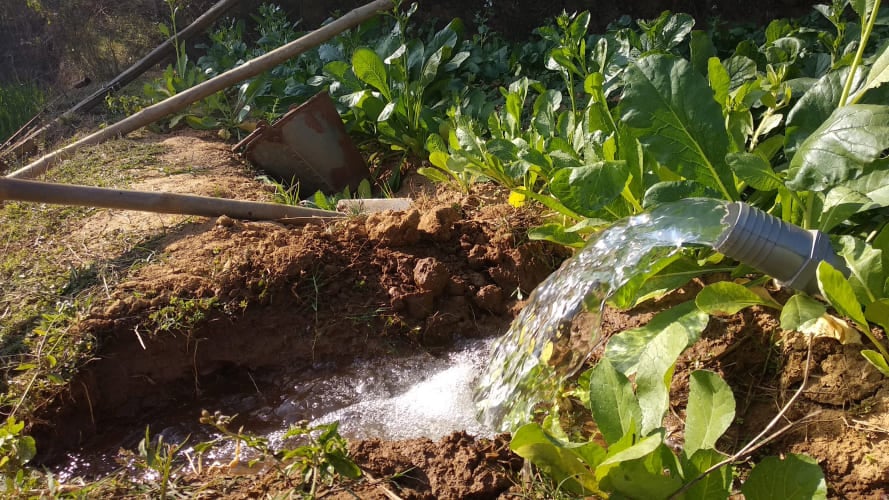
Source: CEEW
A report by the Council on Energy, Environment and Water (CEEW) estimates that micro solar pumps offer a market opportunity of INR 48,000 crore to meet irrigation demand. An additional opportunity of INR 10,000 crore exists for animal husbandry application, where these pumps can help improve access to water for livestock.
More than 9 million micro solar pumps could be deployed across India, impacting the lives of at least those many marginal farmers. However, realising this impact would require a focused effort along five key areas.
First, include micro solar pumps in schemes to generate interest. The exclusion of micro solar pumps from subsidy schemes creates an uneven playing field, where it competes against heavily subsidised (60–90 per cent subsidy) high-capacity pumps. As a result, most farmers, including marginal farmers, are tempted to purchase higher capacity pumps even if they do not need them. Hence, both national and state schemes should include micro solar pumps in existing schemes and recommend pump sizes to farmers in line with their needs.
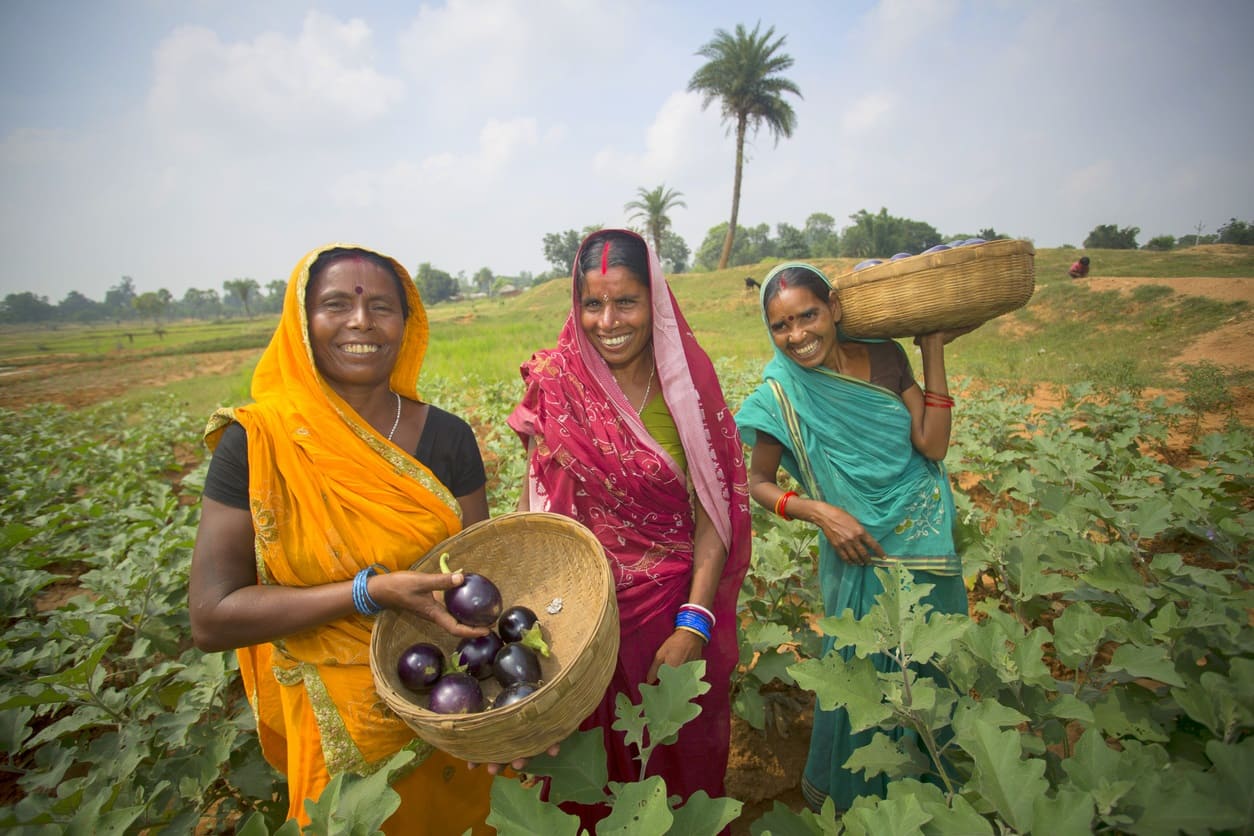
Source: iStock
Second, revise the approach to pump performance standards to encourage innovation. Currently, for the micro pumps category, the Ministry of New and Renewable Energy (MNRE) has given performance standards for 250 W, and 500 W pumps only. Instead of fixed size-based performance benchmarks, MNRE should consider performance benchmarks on a per Watt basis, allowing innovators to design pumps of various capacities that can receive government support.
Third, adopt output-based instead of input-based tendering. Prevailing tendering approaches for solar pumps are based on the input (hp) capacity of pumps rather than their output. For example, if a tender for micro solar pumps is limited to 500W pumps, a more efficient pump with lower capacity but with an output equivalent of 500W is not considered. Hence, national and state agencies should adopt a water output–based tendering approach to support more efficient solutions.
Fourth, support demonstrations to boost stakeholder confidence. A key reason for the sparse deployment of micro solar pumps has been a lack of awareness about their potential amongst the end-users, financiers, and state officials. The central ministry should work with State Nodal Agencies, State Rural Livelihood Missions, and other relevant departments to support 1,000 micro pumps in each high-priority district in the country.
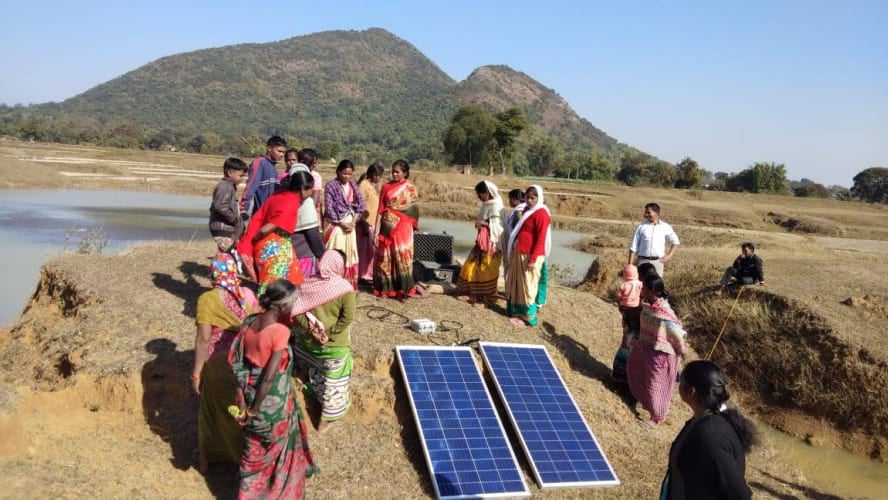
Source: CEEW
Finally, improve access to end-user financing to enable deployment at scale. The PM KUSUM scheme, so far, has aided the adoption of solar pumps in India. However, there are around 100 million marginal holdings and providing solar pumps to all through subsidies is difficult. A majority of these pumps cost anywhere between INR 30,000 – 60,000. Access to finance is critical to enable the adoption of these pumps. By working with anchor organisations like National Bank for Agriculture and Rural Development (NABARD), MNRE should extend risk guarantees to financial institutions to unlock financing for micro solar pumps.
Further, institutions like NABARD can help build the capacity of the regional banks around the potential of micro solar pumps, thereby improving their confidence in the technology.
To conclude, the adoption of micro solar pumps by marginal farmers can have multiple benefits: reducing irrigation costs, reducing harmful local and global emissions, enhancing cropping cycles, increasing farmers’ net incomes and hence enhancing the resilience of the most vulnerable farmers.
However, challenges such as the absence of subsidies, inflexible performance standards and inefficient tendering processes hinder the large-scale adoption of micro solar pumps. Hence, a coordinated effort to support access to finance, targeted policy, awareness generation and technological innovation is required to enable the deployment of micro solar pumps at scale. This could help India achieve its ambitions of diesel free farms by 2024 and also contribute to the efforts around net zero by 2070.
Notes
https://www.koanadvisory.com/wp-content/uploads/2019/06/Micro-SWP-Koan-Advisory-Final-Report.pdf
https://www.deccanherald.com/national/centre-targets-to-end-diesel-use-in-farms-by-2024-1080509.html
https://mnre.gov.in/img/documents/uploads/8065c8f7b9614c5ab2e8a7e30dfc29d5.pdf
https://loksabhaph.nic.in/Questions/QResult15.aspx?qref=41907&lsno=17
Wase Khalid is a Programme Associate at the Council on Energy, Environment and Water (CEEW), an independent not-for-profit policy research institution. Send your comments to [email protected]



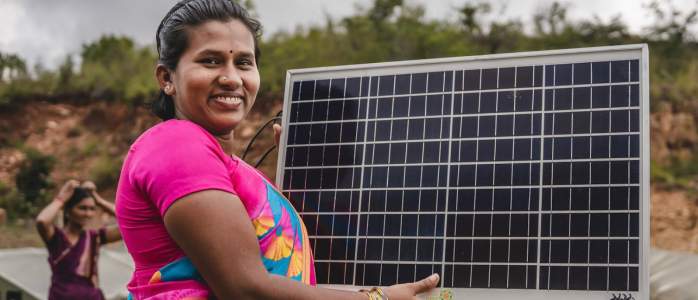
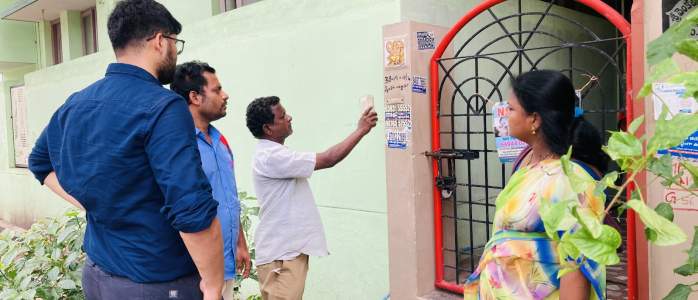
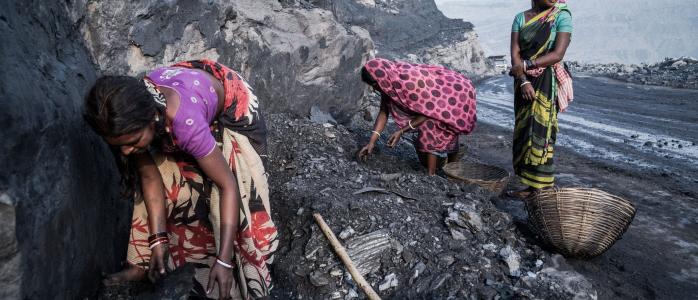
Add new comment